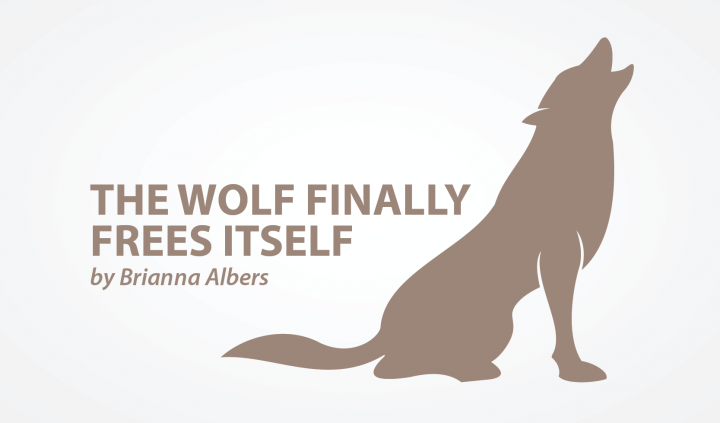Selfies Help Me Overcome Anxieties

Brianna Albers, a columnist for SMA News Today, is the editor-in-chief of Monstering.
I deactivated my Facebook account a while back, so I’m trying to be more active on other social media platforms. This is partly to keep in touch with people and partly to curate a more professional presence online. I rarely ever take pictures, but I’ve always enjoyed photography, so I’m mainly focusing on Instagram.
When selfies first became a thing, I was obsessed. My parents bought me my first cellphone when I was 11 years old, largely for emergencies, but I quickly learned that a mirror picture made a great Facebook profile picture. It was a way for me to express myself during a hard time, and it helped me feel a little bit more like my peers. But somewhere around ninth grade, I stopped taking selfies — or, at least I stopped sharing them with people.
I’ve always been self-conscious of how I look. I don’t pretend that is in any way unique to me; self-esteem and body image are common these days, especially when it comes to adolescent girls. But it was, I think, at least somewhat different because I wasn’t just comparing myself to other people — I was constantly being reminded that I was different, that my body didn’t look like everyone else’s, that something was wrong with me. My classmates started shopping at Hollister, Abercrombie & Fitch, and American Eagle Outfitters, but I was too small, too thin, to fit into camisoles and skinny jeans. I had to make do with Aeropostale, which I was quickly growing out of, and the girls’ section at Kohl’s.
The older I got, the easier it became for me to point out the “ugly” parts of myself. The crooked teeth, yes, and the imperfect skin, but also things that were unique to me. I remember watching “The Princess Diaries” and noticing for the first time that Anne Hathaway’s hands — pale and slender, with long, graceful fingers — looked nothing like my own. My hands were small and pudgy, fingers contorted from years of disuse, wrists bent at odd angles. I looked like I had a double chin because of the way I sat in my wheelchair. My classmates grew into themselves as time went on, losing their jutting corners and sharp edges, but my oddities only grew more pronounced.
Every few years, I would change my profile picture to something “acceptable.” Sometimes I even relied on baby pictures, hoping that I could use the cuteness of my younger self to disguise the cuteness bankruptcy of my older self. I still took selfies, but they never saw the light of day. I had to take it at just the right angle or my double chin would appear, or my crooked teeth would become obvious. They were never good enough. I was never good enough.
Because I’m on Instagram more now, I’m taking selfies again. Mostly, I just send them to friends, goof around with filters when I feel like it, but I’ve been consciously trying to post some as well. Instagram’s Story feature helps a lot because I know that once I post something, it’ll be gone within 24 hours; I won’t have to see it every time I go to my profile. It’s hard, because at 22 years old, I still harbor a lot of the same anxieties about my appearance. I feel weird taking pictures of myself. After abstaining from “selfie culture” for so long, I feel vain. The disabled body is rarely uplifted, and to celebrate it myself, for myself …
It’s hard, but I’m trying to have fun with it. My body is disabled, but it is still my body. It is still the body I live in, take care of, fight with. And, strangely enough, selfies remind me that I, my body, my body and I, are all here. Sometimes, especially during the winter, I fall prey to dissociation — I so rarely leave the house, am so rarely seen by other people, that I feel … unwitnessed. Transient. But selfies allow me a moment of realness.
When I do post them on Instagram, I feel seen.
***
Note: SMA News Today is strictly a news and information website about the disease. It does not provide medical advice, diagnosis, or treatment. This content is not intended to be a substitute for professional medical advice, diagnosis, or treatment. Always seek the advice of your physician or other qualified health provider with any questions you may have regarding a medical condition. Never disregard professional medical advice or delay in seeking it because of something you have read on this website. The opinions expressed in this column are not those of SMA News Today, or its parent company, Bionews Services, and are intended to spark discussion about issues pertaining to spinal muscular atrophy.









Leave a comment
Fill in the required fields to post. Your email address will not be published.